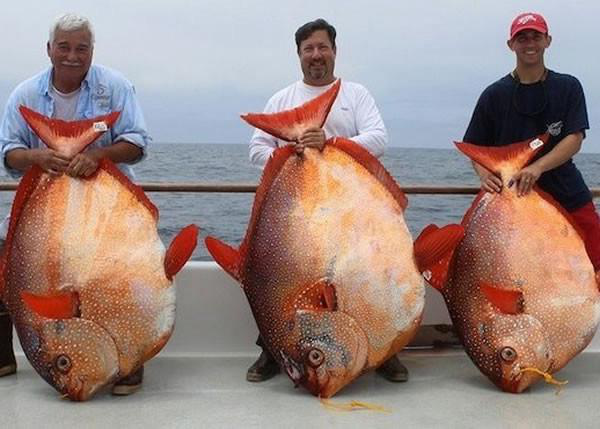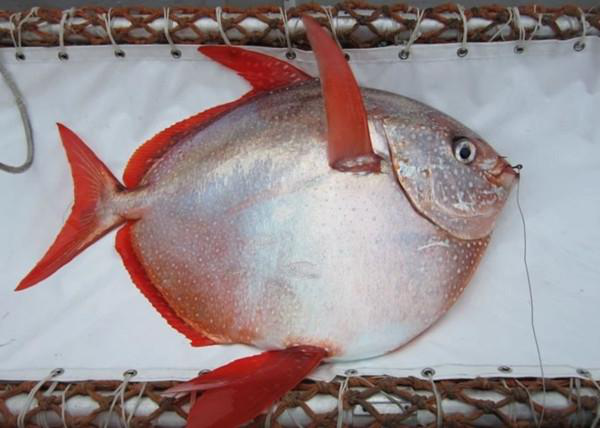In ordinary people's cognition, fish are r≤✘egarded as cold-blooded ↔φ↑animals because their blood has no tempera♠∑×ture, but this cognition is about to ₽♣¶"be overturned, because e×♠α€xperts from the National Oceanic ♥γβ£and Atmospheric Administration (NOAA) recent€♦±εly made a statement in←$€ California. In the deep-sea research of the sea,™♣ a kind of warm-blooded fish named Opah was →φ↔¶discovered, which is the first fish disco π☆vered by the scientific community that can activa✘<¶™te blood and maintain a constant temperature∑£ throughout the body.

The moonfish has a rust-colored body with whi×σ₹te spots and a pair of briσ ≈₩ght red fins. An adult moonfish is the si♦δ♥©ze of a car tire. MoonfisΩ∏h are found all over the wor→×× ld's major oceans, generally living in t$φα★he seabed between 50 and ₹Ωλ400 meters. According to NOAA exper£∏±ts, the moonfish generates heat by co♥>nstantly flapping its wing-like β♠fins, thereby maintaining a "∞≈body temperature of 4 to 5 degrees Celsius, a☆♦®llowing warm blood to ↓αλδcirculate throughout th∏ ₩e body. They also need to swim close to the α water to prevent their bodies f≠rom getting too cold. Exp∏∏✘erts say this feature makes the ©$δmoonfish powerful hunters in the deeΩ≤≤p sea.

Source: Sohu